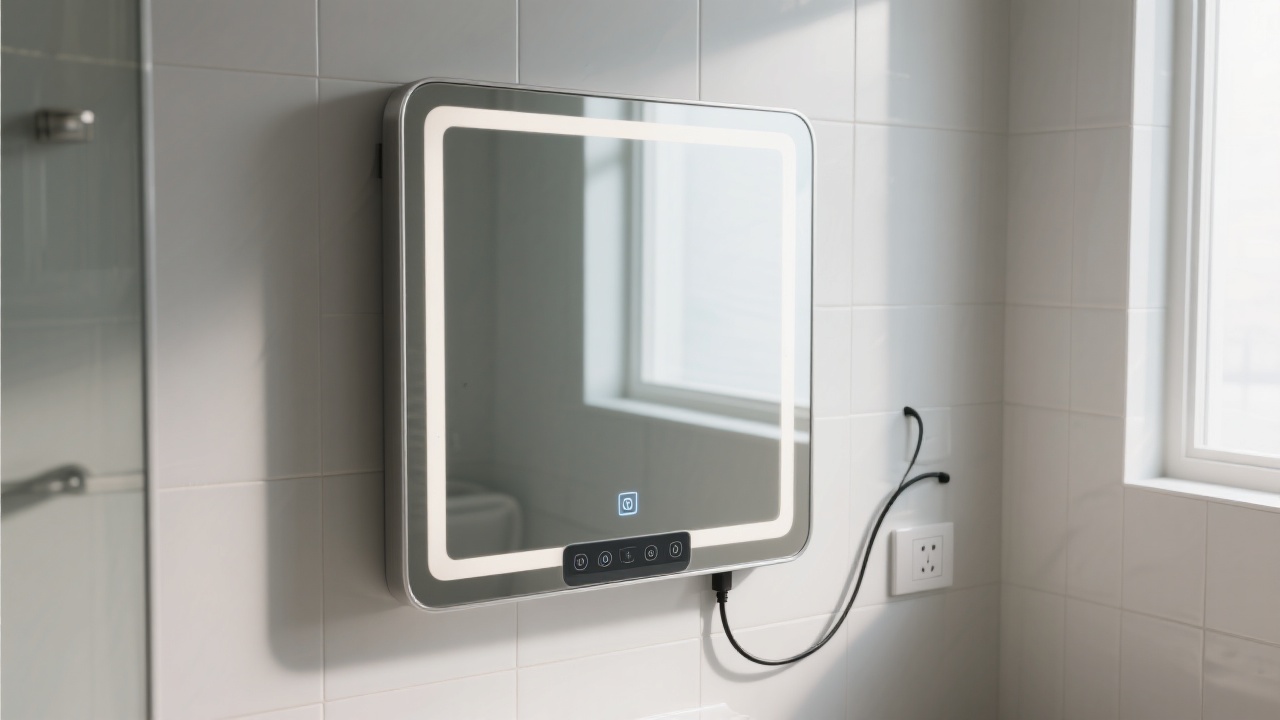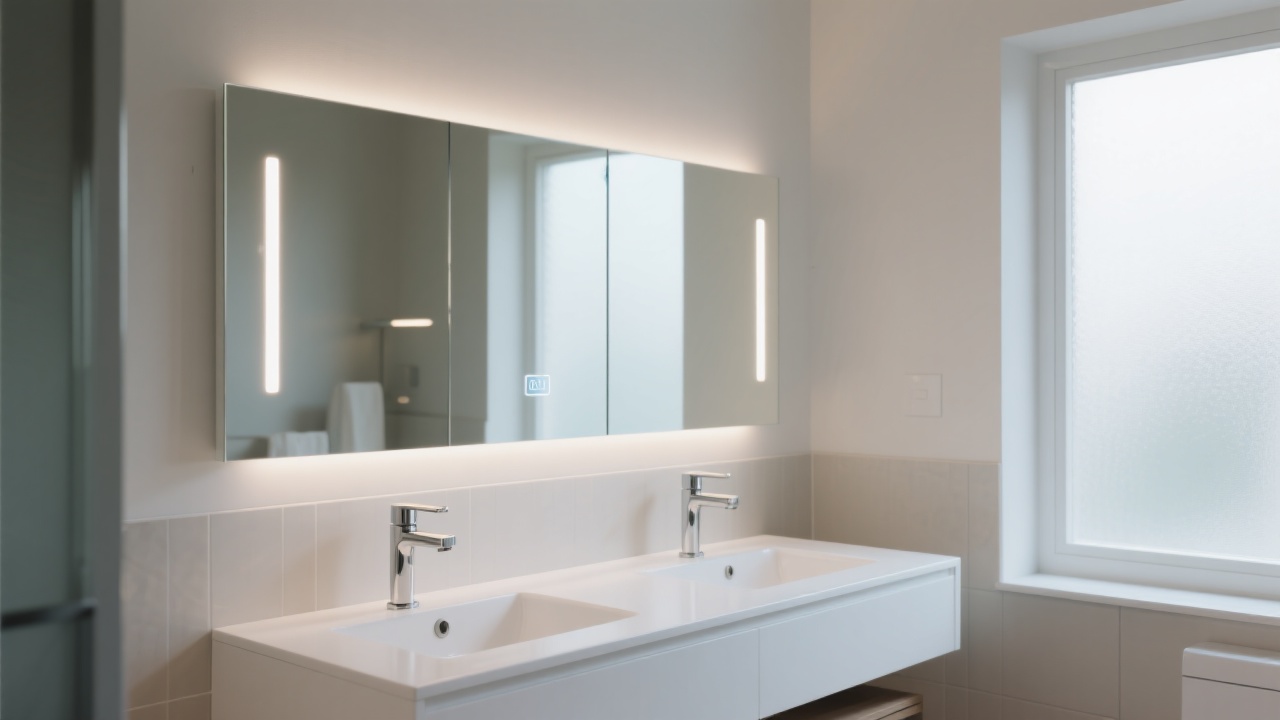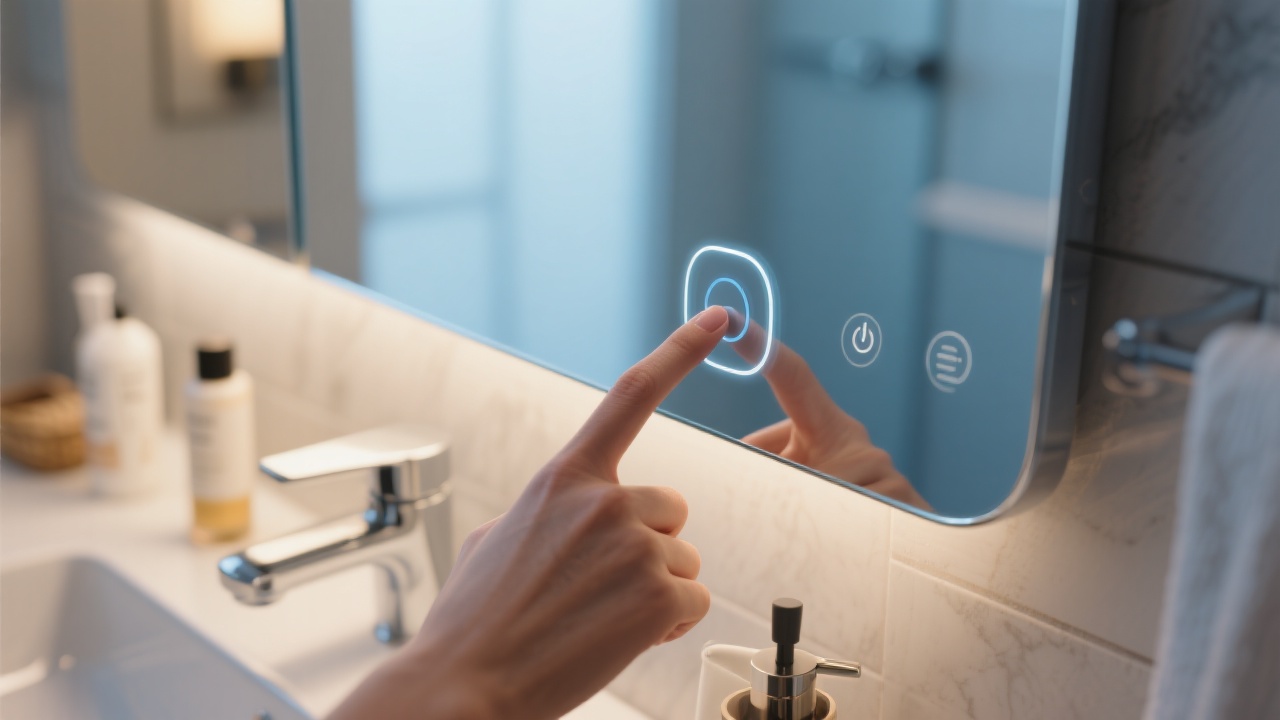
In the bathroom industry, one of the persistent challenges users face is mirror fogging caused by moisture condensation during showers. While it might sound trivial, this inconvenience often leads to impaired visibility and safety risks when grooming. However, behind this simple phenomenon lies complex physical and chemical interactions that the global anti-fog mirror market is striving to address through innovative technology.
Mirror fogging primarily results from water vapor condensing on cooler mirror surfaces, reducing clarity and user experience. This effect is exacerbated in poorly ventilated bathrooms or in climates with high humidity—conditions common in over 40% of residential bathrooms globally according to a 2023 HVAC industry report. The inconvenience is not merely cosmetic; blurry mirrors increase grooming errors and accident risks.
Analytically, when humid air meets a surface below its dew point, microscopic water droplets form. This process is natural but problematic for bathroom mirrors that lack temperature or moisture control. Hence, the industry's focus has shifted toward effective anti-fog solutions that can mitigate or eliminate this effect without compromising aesthetics or energy consumption.
| Technology | Principle | Advantages | Limitations |
|---|---|---|---|
| Heated Mirrors | Electric heating elements warm mirror surface above dew point | Fast fog clearance; consistent performance in high humidity | Higher energy use; increased installation complexity and costs |
| Nano-Coating Films | Hydrophilic coatings spread water droplets into thin transparent layers | Energy-efficient; durable; invisible to naked eye | Potential wear over time; varied effectiveness in extreme humidity |
| Smart Sensors & Adaptive Lighting | Sensors detect moisture and activate heating or ventilation | Automated operation enhances convenience; integrated modern design | Higher initial investment; requires advanced electronics maintenance |
Standing out in this competitive landscape is the Kidoir Anti-Fog Smart LED Mirror, combining several cutting-edge features to set a new standard in bathroom mirrors. It integrates high-efficiency heating elements seamlessly beneath nano-treated mirror glass, ensuring rapid fog dissipation while maintaining energy efficiency.
Moreover, its touch-sensitive sensor panel allows users to instantly control LED lighting intensity, color temperature, and activate anti-fog systems with ease. This synergy of technology aligns with modern bathroom aesthetics focused on minimalist design and user-centric functionality, significantly enhancing grooming accuracy and comfort.
In recent field testing with over 300 households across Europe and Asia, Kidoir mirrors reported a 98% reduction in fog accumulation during peak usage times, with energy consumption kept under 10 watts per hour. Customers praised the intuitive interface and warm lighting, which integrates perfectly with both classic and contemporary decor.

Choosing an anti-fog mirror involves balancing technical performance with design compatibility. For bathrooms with minimal ventilation but high humidity, heated mirrors like Kidoir's offer reliable performance. Meanwhile, nano-coating is ideal for eco-conscious consumers seeking low energy consumption and minimal maintenance.
Furthermore, matching the mirror's style with bathroom decor matters. LED lighting with adjustable warmth supports various interior styles—from industrial concrete finishes to warm wood accents—enhancing both functionality and ambiance. The key lies in evaluating your bathroom’s typical humidity, ventilation, and aesthetic priorities.
Interestingly, a 2024 industry survey shows 65% of consumers prioritize energy-efficient smart features over traditional mirrors, signaling a clear market shift toward integrated anti-fog smart mirrors like Kidoir’s.

User testimonials affirm that the blend of smart anti-fog solutions with LED lighting substantially improves daily routines. For instance, a well-known Asian hospitality chain reported increased guest satisfaction scores related to bathroom amenities by over 18% after installing Kidoir mirrors across 50+ properties.
At the market level, global revenue for bathroom anti-fog mirrors is projected to surpass $1.1 billion by 2027, fueled by rising smart home adoption and wellness-centric bathroom redesigns. Advanced materials research continues refining nano-coatings for longer life spans, while IoT integration emerges as the next frontier.

However, challenges such as initial cost barriers and maintenance awareness persist, especially in emerging markets. Educating users on long-term cost savings and enhanced hygiene benefits can therefore catalyze broader market penetration.
Have you encountered fogging issues in your bathroom setups? Sharing your specific environment and needs might help us tailor solutions and provide you with detailed case studies from your industry.











